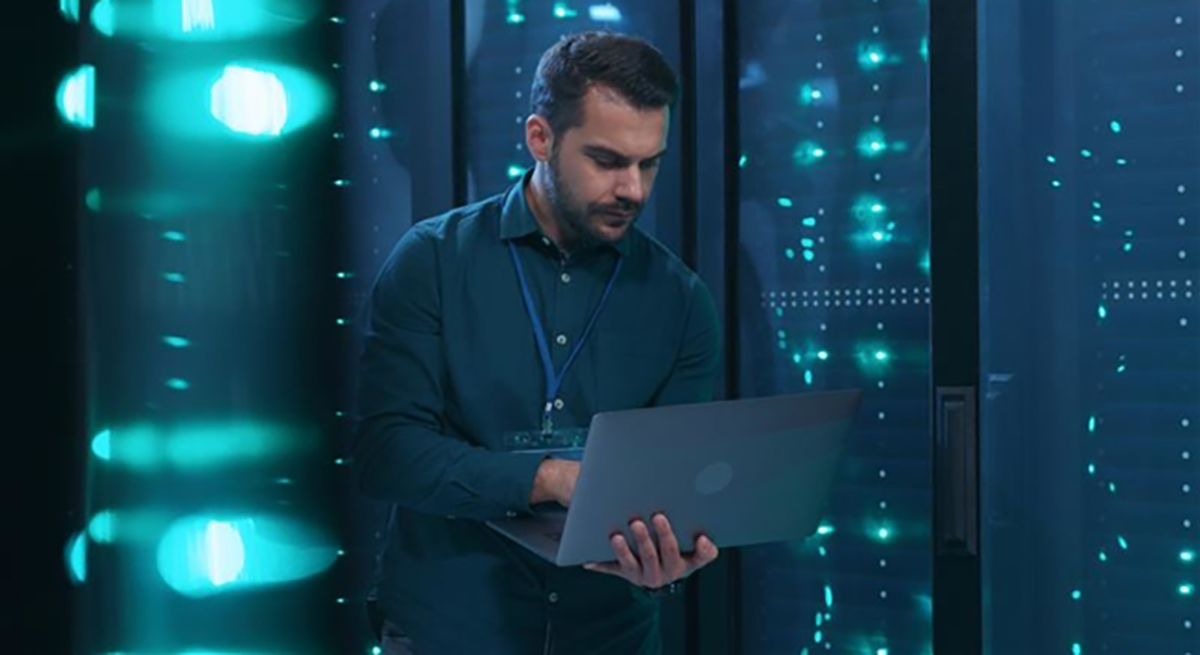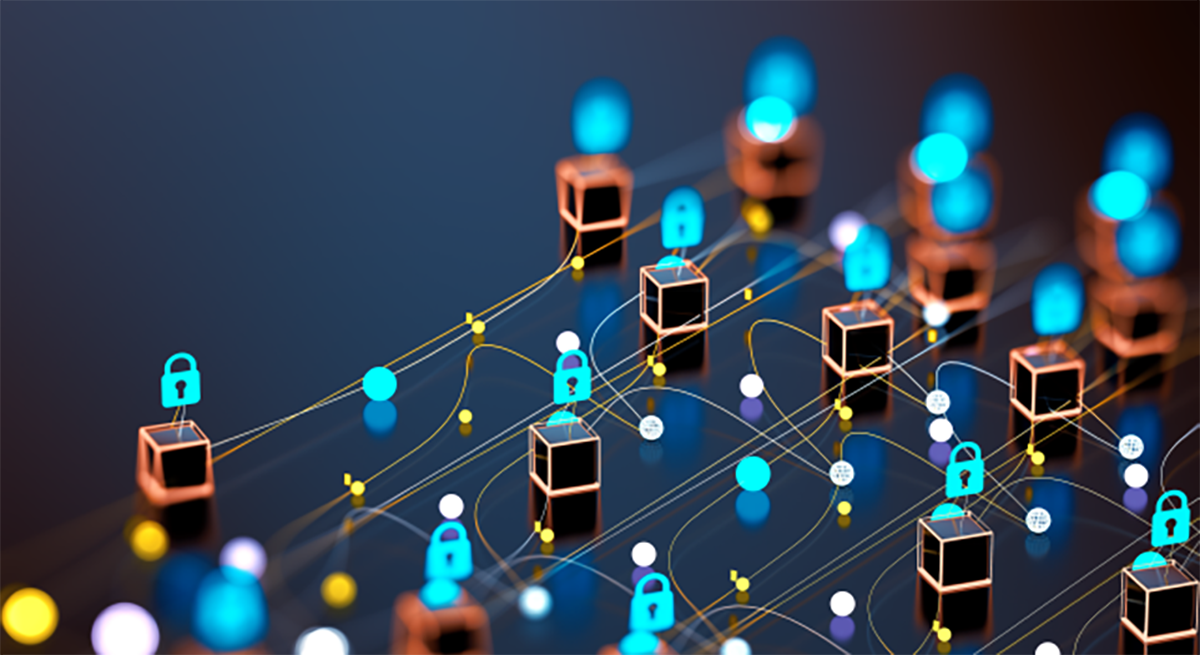Trend Achieves AWS Level 1 MSSP Competency Status
Are your security teams overwhelmed with notifications and ever-expanding queues of suspicious activities that require investigation? You are not alone. According to Trend Micro™ Research, 51% of organizations are drowning in alerts. As the attack surface continues to evolve, your organization’s ability to discover, assess, and mitigate risk effectively and efficiently will determine your capacity to stop adversaries. So, what would it mean to your organization if you could become more resilient to the onslaught…
Read More










